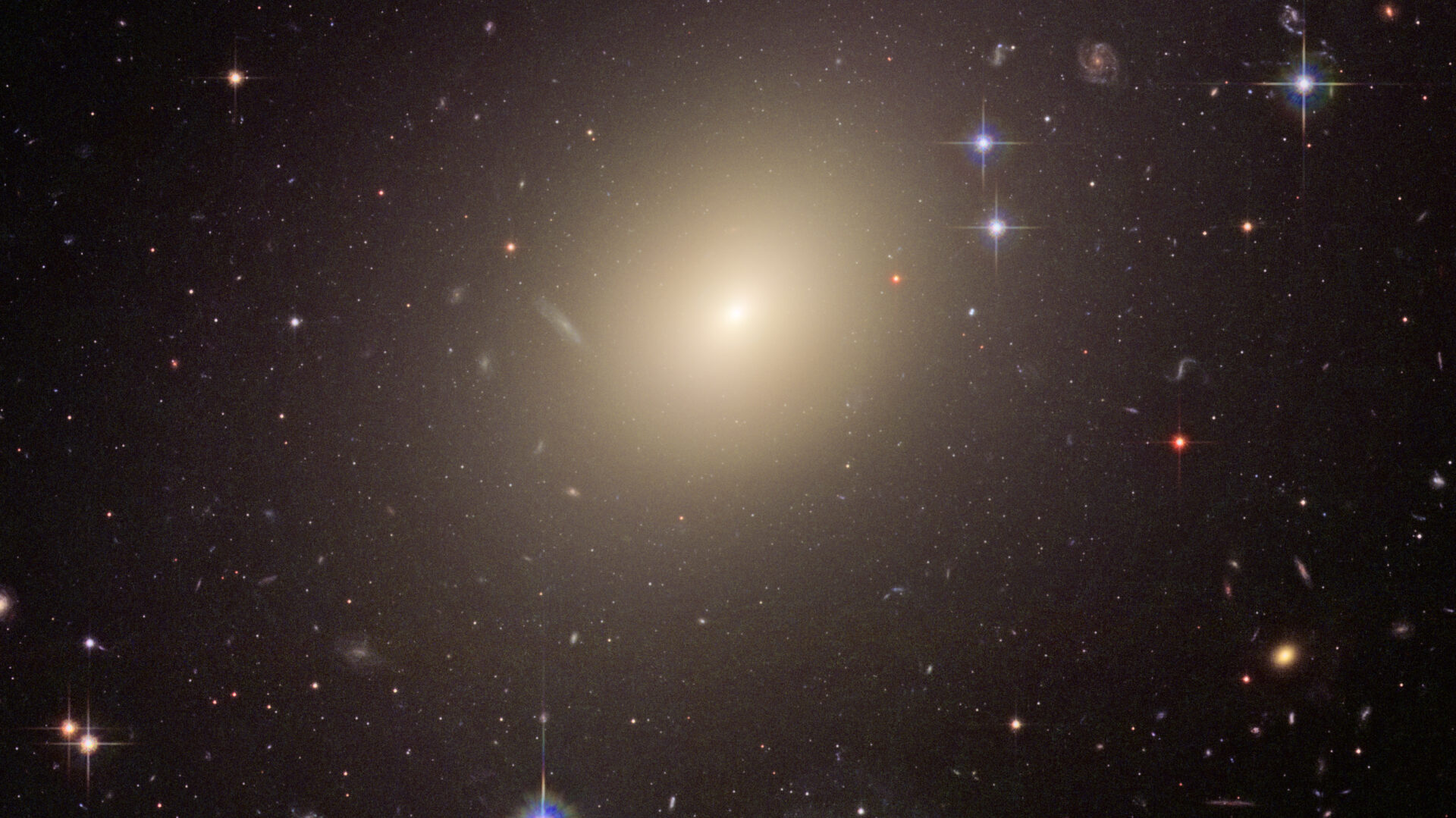Star formation in the Milky Way galaxy cannot be called active, but 3-4 new stars are born in it every year. But in elliptical galaxies, stars are not born at all, and those that exist are already quite old. Probably at some point, most of the star formation suddenly stopped, leaving the galaxy to slowly fade away over the eons. Such galaxies are also called “ghostly”, since they are actually inanimate.

Why star formation stops in elliptical galaxies remains a mystery. But astronomers think it has something to do with supermassive black holes. To find out, an international team of astronomers led by Kei Ito from the SOKENDAI University for Advanced Study in Japan looked into the early Universe. To do this, scientists studied light aged 9.5–12.5 billion years.
Feedback
Astronomers were looking for X-rays and radio waves to identify active supermassive black holes. When a supermassive black hole is active, it absorbs a huge amount of matter from the surrounding space. This process is known as “feedback”.
The first form of feedback is the intense radiation of black holes permeating the Universe. It is formed during the strong friction of matter in the accretion disk of a black hole due to the enormous gravity. The second form of feedback takes the form of giant jets bursting out of the polar regions of the black hole at a speed that is a significant percentage of the speed of light. Moreover, active supermassive black holes also generate strong winds that rush into the outer regions of the galaxy. It is believed that all three forms of feedback — radiation, jets and wind — heat and repel the cold molecular gas necessary for the formation of young stars.
After long observations, the team found “excessive” X-ray and radio emission in galaxies where star formation was practically absent. At the same time, in galaxies with ongoing star formation, such signals were relatively weakly expressed. The best explanation for these extremely strong signals is that supermassive black holes are active. The researchers concluded that active supermassive black holes play a role in the sudden demise of these mysterious ghost galaxies.
Earlier, a black hole in the center of the Milky Way confirmed Einstein’s prediction.
According to The Astrophysical Journal
Follow us on Twitter to get the most interesting space news in time
https://twitter.com/ust_magazine

